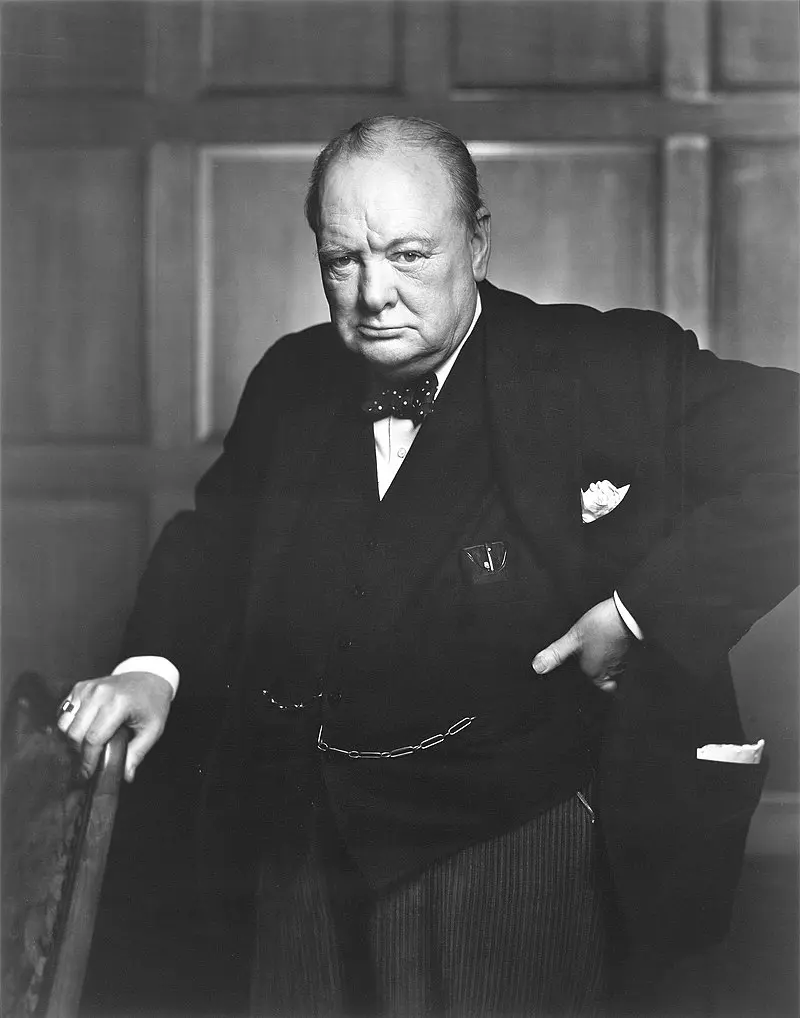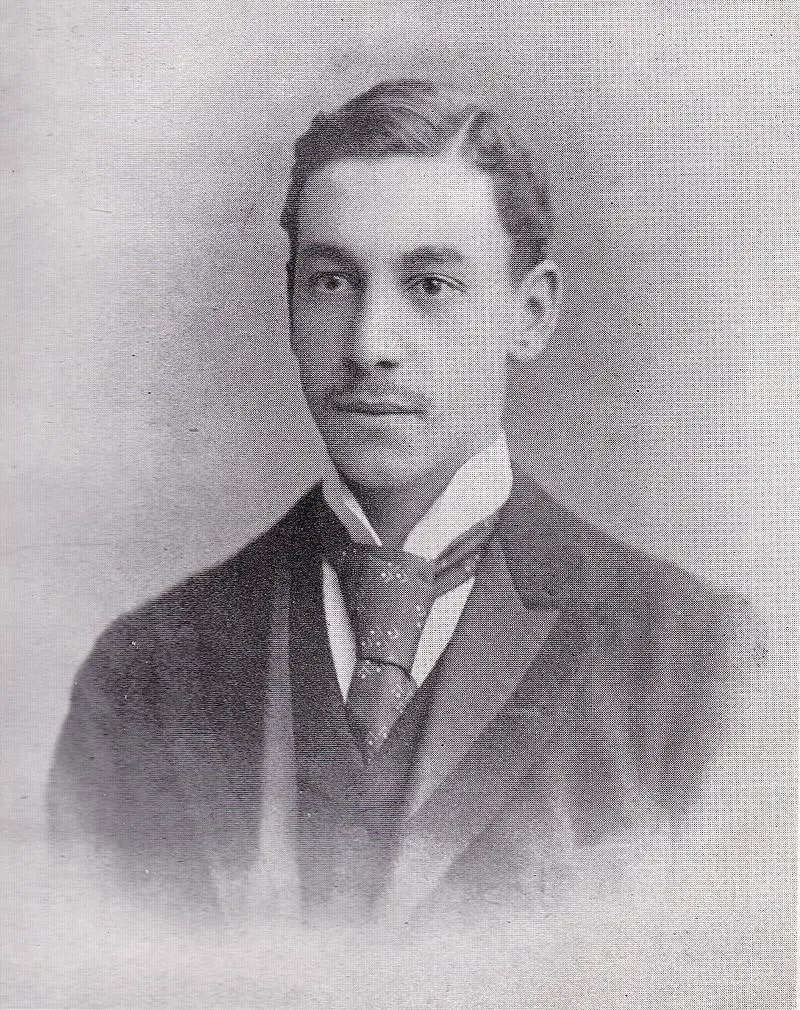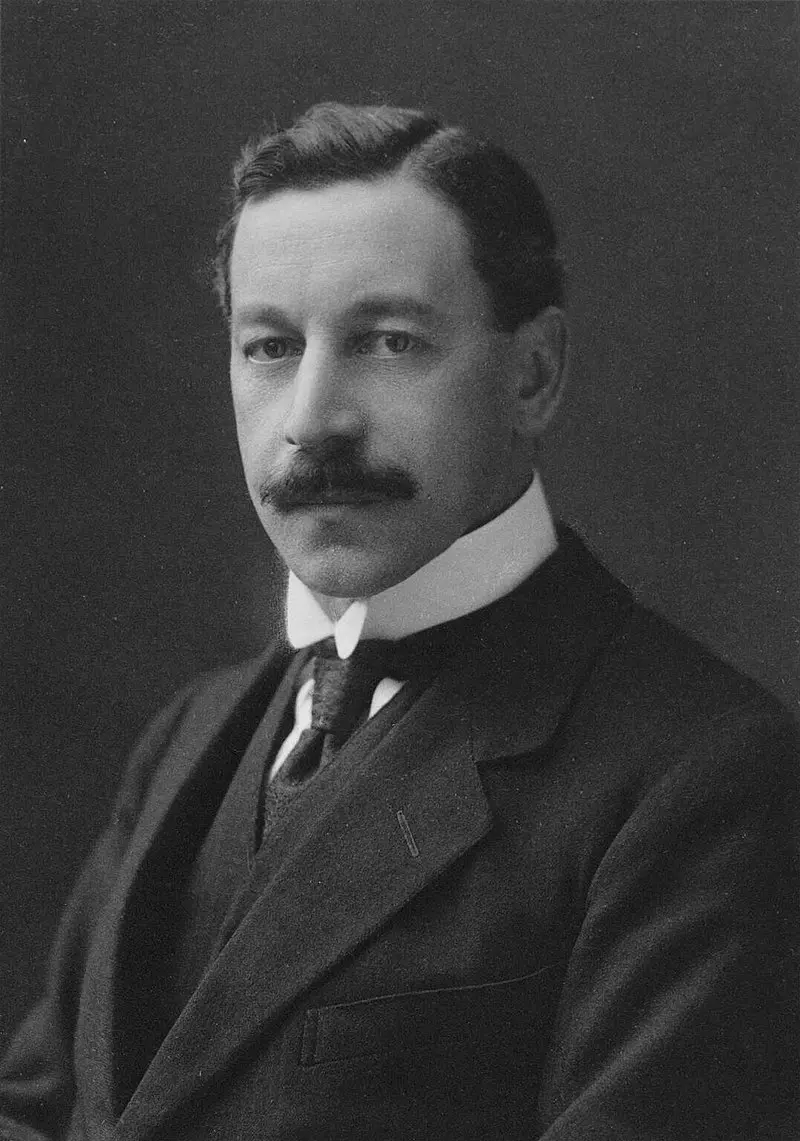Winston Churchill’s Controversial White Paper on Jewish-Arab Relations in Palestine: Unveiling the Unsettling Past
During the era of British Mandate in Palestine, the city of Jaffa witnessed a wave of disturbances in early May 1921, triggered by disagreements between two Jewish groups. Gradually, these disputes escalated into violent clashes between Jews and Palestinian Arabs, which later spread to many other Palestinian cities due to the British-supported Jewish immigration policy to Palestine.

A photo from Churchill's visit to Jerusalem in 1921-Source: Al-Arabyia
By the end of the conflict, the violence had claimed the lives of approximately 100 people, injured hundreds, and displaced a significant number of residents. The events in Jaffa cast a shadow on the British officials who spoke of the difficulty of coexistence between Palestinian Arabs and Jewish immigrants in the region. Consequently, Winston Churchill, who would become the future British Prime Minister, then serving as the Minister of Colonies, sought a temporary solution to the crisis.
Winston Churchill, after holding several ministerial positions, assumed the role of the British Secretary of State for the Colonies in February 1921. In the following months, he played a crucial role in resolving the Anglo-Irish conflict and reshaping the map of the Middle East. Following the events in Jaffa, the British Minister did not hesitate to temporarily slow down the pace of Jewish immigration to Palestine. Furthermore, he called upon the High Commissioner for Palestine, Herbert Samuel, to prepare what became known as the “White Paper” regarding the situation in Palestine and British steps to reduce tensions between Jews and Arabs.

According to a British investigative committee’s report, it accused the Palestinian Arabs, led by violence against Jews. At the same time, it pointed to an increase in violence in the region due to the Jewish immigration policy to Palestine. Hoping to reduce tension, Herbert Samuel and Winston Churchill called for clarification of the Balfour Declaration of 1917 and reassured Palestinians about the issue of Jewish immigration.


In the White Paper adopted by Churchill in 1922, the Minister of Colonies affirmed his country’s commitment to establishing a homeland for Jews, for racial and religious reasons, considering it a right of dispersed Jews from various parts of the world. To achieve this, Churchill spoke of the necessity to increase Jewish immigration to Palestine in order to boost their demographic presence.
On the other hand, Churchill rejected the statements of the World Zionist Organization, which emphasized the need to create a fully Jewish state in Palestine and the exclusion of Arab Palestinians from it. To reassure Palestinians, Churchill emphasized that the British government had no desire to eliminate the Arabic language and culture in Palestine. He also stressed that the Jewish immigration policy was based on economic interests and Palestine’s economic capacity to accommodate more population.
The White Paper by Winston Churchill sparked mixed reactions among the conflicting parties. Some criticized the White Paper as a deviation from the Balfour Declaration of 1917, while others were optimistic about it and saw no contradiction with the idea of establishing a Jewish state in Palestine.

On the other side, Palestinian Arabs criticized what was stated in the White Paper and discussed its failure to appropriately address the issue of Jewish immigration.
Furthermore, Palestinian Arabs expressed concerns about the possibility of Jews becoming a majority in Palestine and changing its demographic composition while losing their rights and properties.
In summary, Winston Churchill’s involvement in addressing the tensions between Jews and Arabs during the British Mandate in Palestine was a complex and multifaceted endeavor. His actions and the White Paper he introduced had a significant impact on the historical developments in the region, shaping the trajectory of the Jewish-Arab conflict in Palestine.

